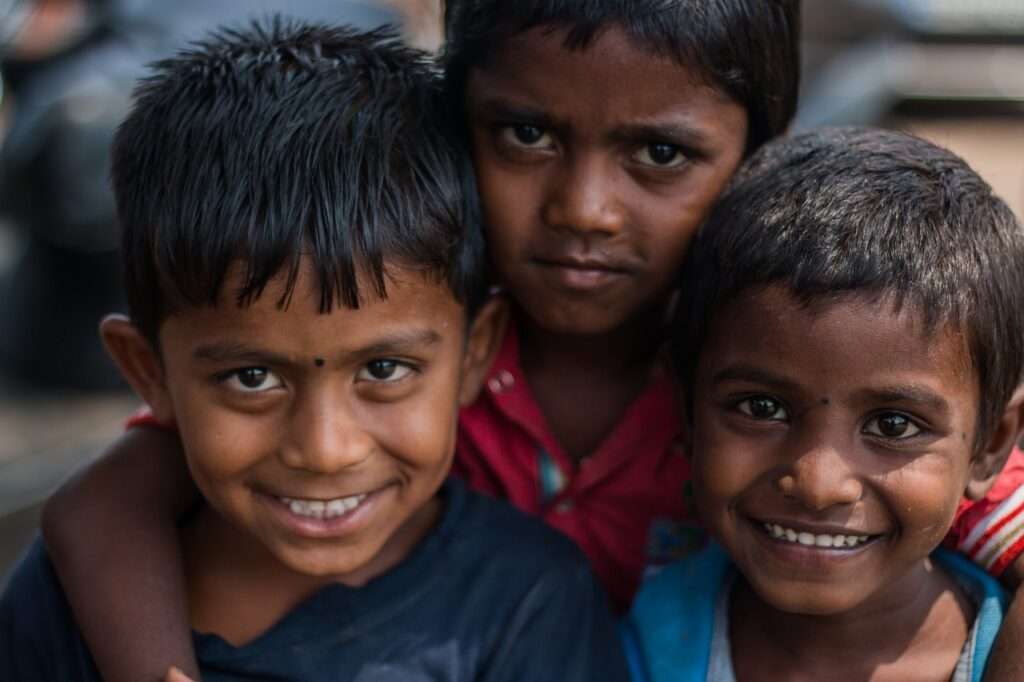The first and foremost goal of United Nation’s 2030 Agenda for Sustainable Development is “No Poverty” (further referred to as SDG 1 “No Poverty”). Under the banner of “No Poverty,” SDG 1 addresses the urgent need to eradicate poverty of all kinds worldwide. The domain of SDG 1 No Poverty covers a rage of aspects such as hunger, lack of education and medical facilities and poor livelihood. SDG 1 aims to ensure that no one is left behind in the journey towards a sustainable and equitable future by addressing these interconnected issues. In this article, we will explore the multifaceted aspects of SDG 1, examining the global challenges posed by poverty and the comprehensive strategies aimed at achieving a world with no poverty.
The Global Reality of Poverty is that billions of people around the world continue to live in poverty. While progress has been made in some regions, disparities persist, and new challenges, such as the global economic impact of the COVID-19 pandemic, have exacerbated existing inequalities. Poverty directly affects the weak populations that consists of women, children, and some communities, which subsequently blocks the path of economical development of the world.
Key Components of SDG 1 No Poverty:
- Income Inequality: SDG 1 “No Poverty” emphasizes on the need to progressively achieve and sustain income growth for all, with special attention on those living in extreme poverty. It marks the importance of policies that promote inclusive economic growth and ensure that the benefits of development reach everyone.
- Social Protection: SDG 1 recognizes the importance of social protection systems as a means to mitigate the impact of poverty on individuals and families. Robust social safety nets can provide a buffer against economic shocks and promote resilience within communities.
- Sustainable Livelihoods: The goal encourages the creation of sustainable livelihood opportunities, promoting entrepreneurship, and fostering economic activities that are environmentally responsible. This approach seeks to empower individuals and communities to escape poverty sustainably.

Strategies for Achieving SDG 1:
- Policy Alignment: Governments play a central role in driving policies that align with the objectives of SDG 1. This consists of formulating laws that highlights the importance of social and economic equality, providing cheaper and better medical and educational facilities, and implementing programs for social conservation.
- Global Cooperation: Addressing global poverty requires international collaboration. SDG 1 “No Poverty” highlights the importance of unity amongst nations and marks the importance of supporting developing countries i their race of eliminating poverty. This can be done via any financial or technological aid.
- Private Sector Engagement: The private sector has a crucial role in promoting sustainable development. Businesses can contribute to poverty eradication by adopting ethical business practices, investing in local communities, and supporting fair labor standards.
- Community Empowerment: Empowering communities to actively participate in their development is a key aspect of SDG 1. This involves ensuring that marginalized voices are heard, promoting gender equality, and fostering community-led initiatives that address the specific challenges faced by different populations.
- Data and Monitoring: Effective tracking and monitoring of progress are vital components of achieving SDG 1. This enables policymakers to make informed decisions and adjust strategies as needed.
Challenges and Opportunities:
While the commitment to SDG 1 is resolute, several challenges hinder progress. Economic downturns, political instability, and environmental crises can exacerbate poverty. Additionally, the interconnected nature of the SDGs requires an integrated and collaborative approach, emphasizing the need to address poverty in tandem with other sustainable development goals.
However, amidst these challenges lie opportunities for positive change. Advancements in technology, increased awareness, and a growing global commitment to sustainability present opportunities to leverage innovative solutions in the fight against poverty.
Conclusion:
SDG 1: No Poverty is not just a lofty ideal; it is a global call to action, urging governments, businesses, communities, and individuals to join forces in eradicating poverty. Attaining this objective demands collaborative endeavors, inventive resolutions, and a collective dedication to shaping a world where every individual advances together. As we strive for a sustainable future, let SDG 1 “No Poverty” serve as a guiding light, motivating us to construct a world liberated from the constraints of poverty and inequality.
Click on the link to know about other sustainable development goals.









